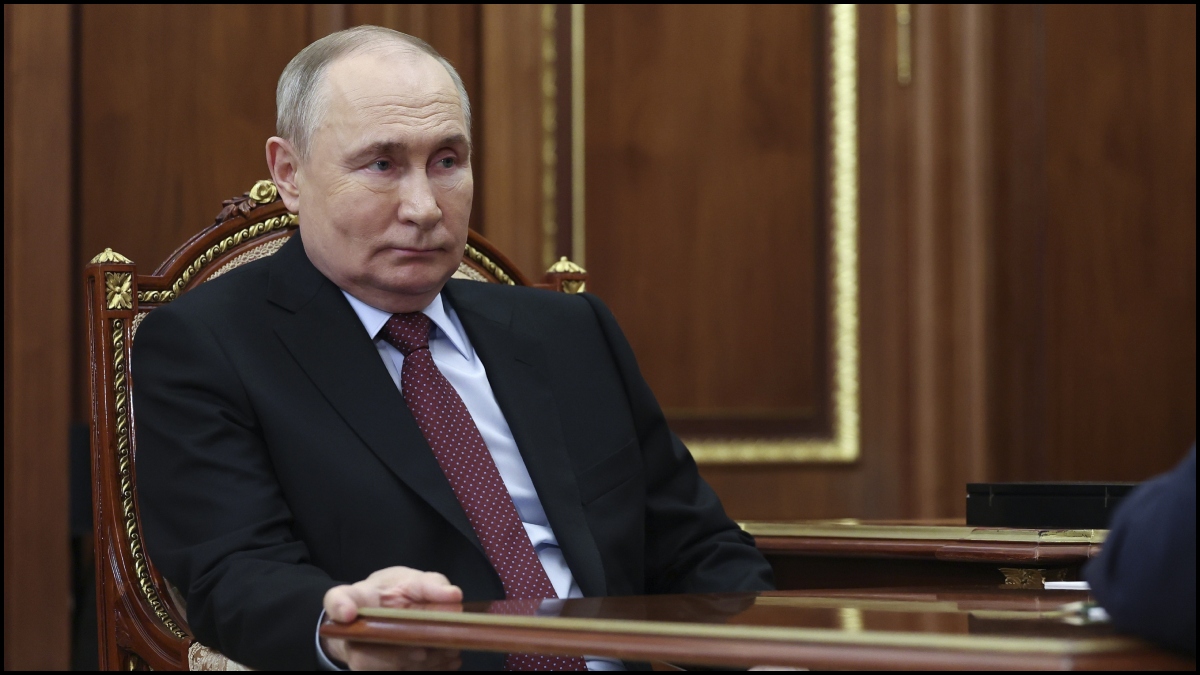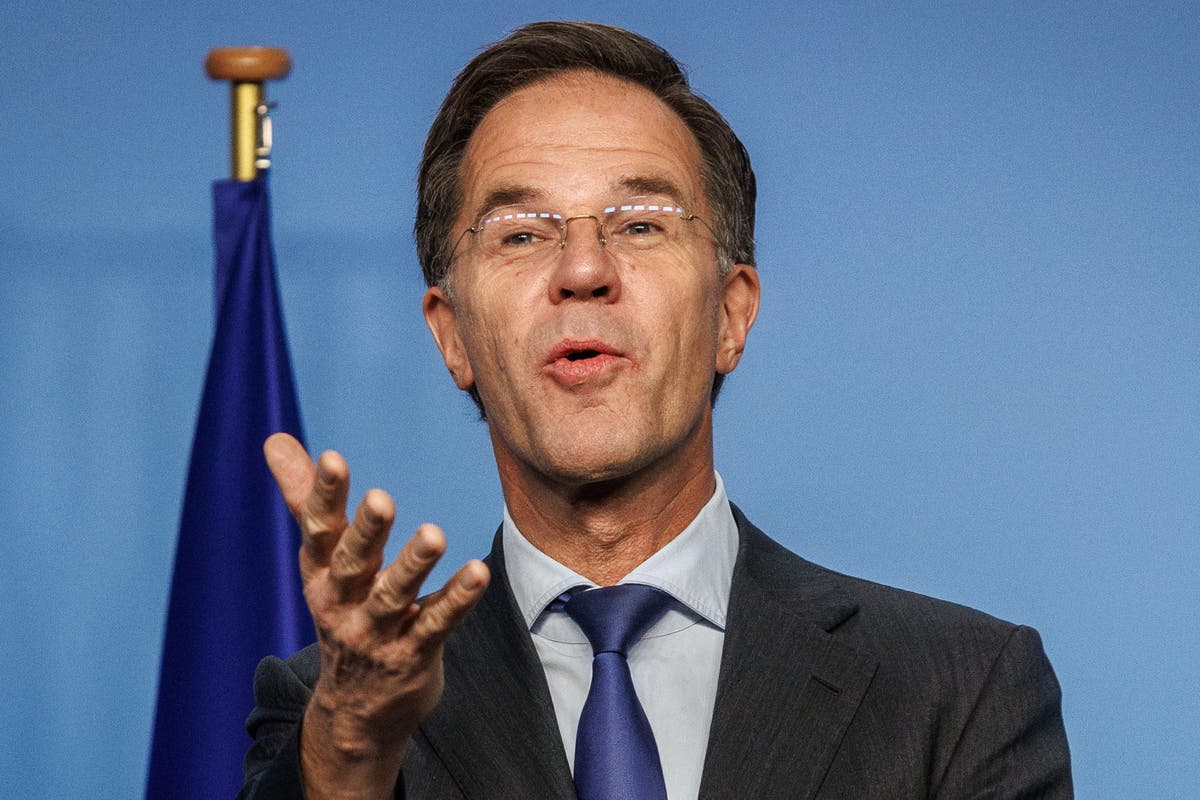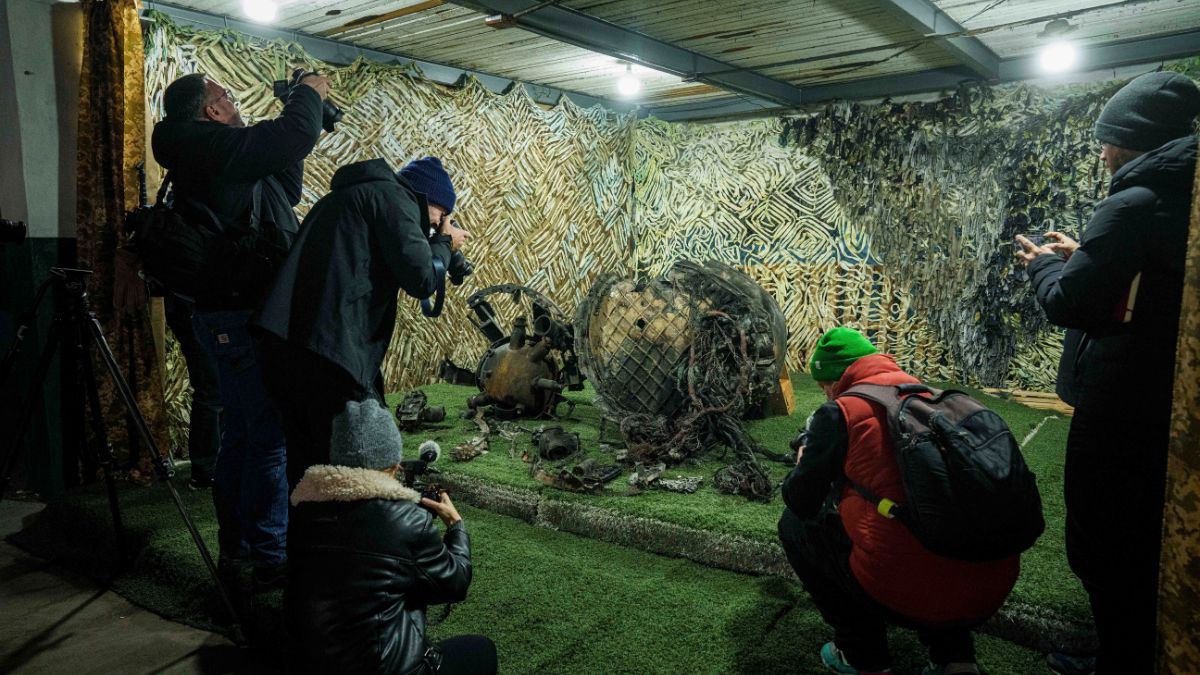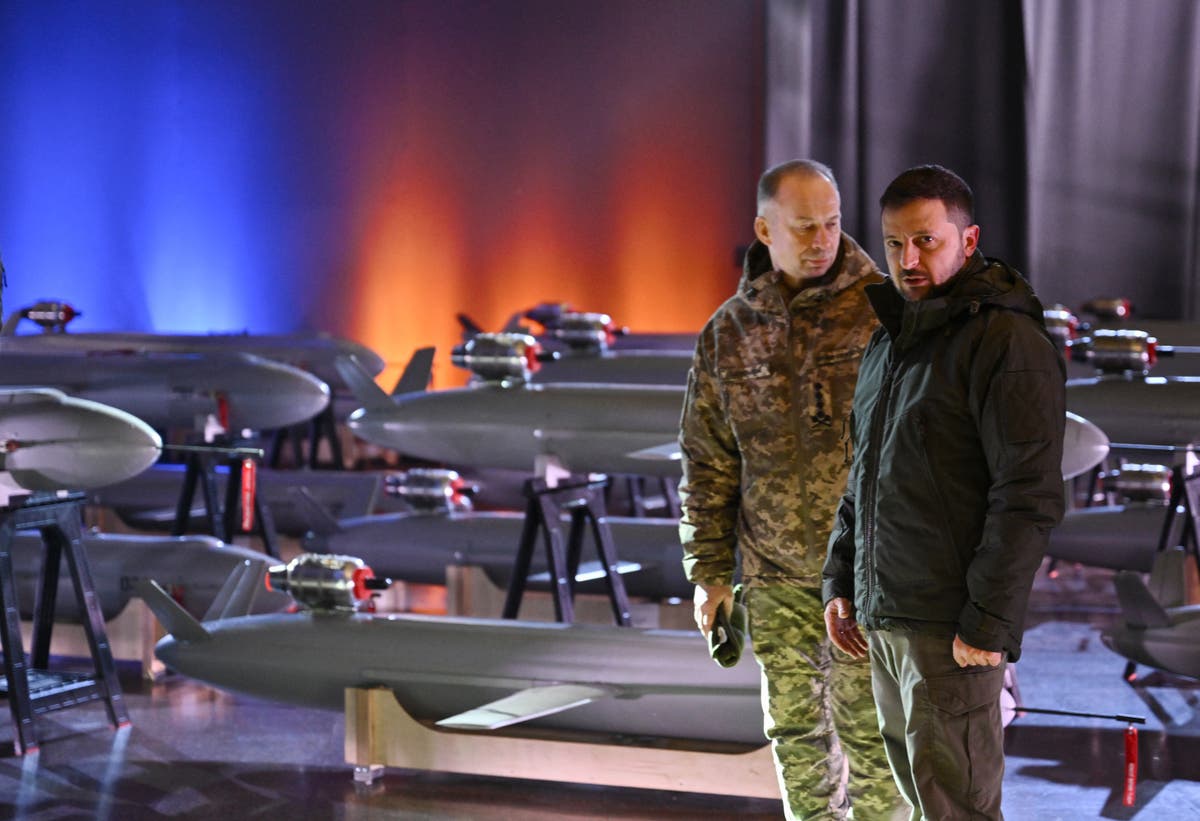
Opinion: Whatever happened to Mutually Assured Destruction?
CNNEditor’s Note: David A. Andelman, a contributor to CNN, twice winner of the Deadline Club Award, is a chevalier of the French Legion of Honor, author of “A Red Line in the Sand: Diplomacy, Strategy, and the History of Wars That Might Still Happen” and blogs at Andelman Unleashed. In a joint news conference in Brussels with NATO secretary general Jens Stoltenberg last month, Estonia’s prime minister Kaja Kallas called Belarus “unpredictable and dangerous.” In turn, with a preview of the NATO summit, Stoltenberg added, “We must keep our defenses strong to send a clear message to Moscow and Minsk that NATO protects every inch of allied territory.” Especially with nukes now deployed right next door. The question today is whether the growing pace of threats from Russia of the possible use of devastating nuclear weapons against Ukraine could mean the end of such a concept’s viability. David A. Andelman With the transfer of the weapons to Belarus, the UN’s disarmament chief, Izumi Nakamitsu, warned the Security Council that the risk of nuclear weapons use was “higher than at any time since the Cold War.” So whatever happened to MAD? “In the early ’60s American officials worried that the Soviet Union would launch a less-than-all-out attack, reasoning that the US would not respond in a way that might trigger Armageddon,” he said.
History of this topic

‘Should have invaded Ukraine earlier’: Vladimir Putin tells Russians in year-end address says
Live MintBelarus has dozens of Russian nuclear weapons and is ready for its newest missile, its leader says
Associated Press
Putin signs agreement offering Russia's security guarantees to ally Belarus
The IndependentPutin signs agreement offering Russia’s security guarantees to ally Belarus
Associated Press
Putin gives Russian security guarantees to ally Belarus, including possible use of nuclear weapons
LA Times)
Russia will use all means of destruction if Ukraine acquires nuclear arms, warns Putin
Firstpost
Mint Quick Edit | Don’t let the Russia-Ukraine conflict escalate further
Live Mint
Kremlin warns of possible nuclear response if Kyiv uses Western-made missiles
China Daily
Nuclear threat in Russia-Ukraine war? Who's saying what
India Today
Kremlin warns of possible nuclear response if Kyiv uses Western-made missiles
China Daily
Putin signs new Russian nuclear doctrine after Biden's arms decision for Ukraine
Deccan Chronicle
Vladimir Putin Signs New Doctrine Lowering Threshold For Using Nuclear Weapons
Huff PostPutin lowers the threshold for using his nuclear arsenal after Biden’s arms decision for Ukraine
Associated PressVladimir Putin signs revised Russian doctrine to lower threshold for potential nuclear strike
ABC
Putin fine-tunes Russia’s nuclear doctrine after Biden’s arms decision on Ukraine, in clear signal to West
CNN
Putin fine-tunes Russia’s nuclear doctrine after Biden’s arms decision on Ukraine, in clear signal to West
CNN
Russia revises nuclear doctrine as US allows Ukraine to use American missiles
India Today
Putin signs new Russian nuclear doctrine after Biden's arms decision for Ukraine
New Indian Express
NATO will start an annual nuclear exercise as Russia threatens Ukraine's Western backers
The Independent
US scrambled to urge Putin not to use nuclear weapons in Ukraine, Woodward book says
New Indian ExpressUS Warns Putin Not to Use Nuclear Weapons in Ukraine: New Book Reveals Sensitive Conversations
Associated Press
Russia invokes its nuclear capacity in a U.N. speech full of bile toward the West
LA TimesPutin lowers threshold of nuclear response as he issues new warnings to the West over Ukraine
Associated Press
'Russia would consider using nuclear weapons if...': Putin warns West over Ukraine during 'secret meeting'
India TV News
Putin lowers the threshold for a nuclear response in new warnings to the West over Ukraine
LA TimesRussia’s Putin vows ‘mirror measures’ in response to U.S. missiles in Germany
Associated PressPutin sees no need for nuclear weapons to win in Ukraine. But he’s also keeping his options open
Associated Press
Putin warns West over Ukraine armaments, nuclear arsenal
Al Jazeera
News analysis: Why Putin is raising the specter of nuclear weapons again
LA Times
Risk of military incidents on Belarus-Ukraine border quite high: Lukashenko
Al Jazeera
Putin Says Russian Nuclear Weapons 'More Advanced' Than in US
News 18
Putin warns West, says Russia is ready for nuclear war if US sends troops to Ukraine
India TV News
Putin resumes ‘sabre-rattling’ with warning Russia ready for nuclear war
Al Jazeera
Putin Warns West of Risk of Nuclear War in Annual Address
Live Mint
'Malicious fabrication': Russia dismisses US warning on nuclear weapons in space
India TodayPutin and Lukashenko meet in St Petersburg to discuss ways to expand the Russia-Belarus alliance
Associated PressRussia’s foreign minister rejects a US proposal to resume talks on nuclear arms control
Associated PressNew doctrine in Russia ally Belarus for the first time provides for using nuclear weapons
Associated PressBelarus leader says Russian nuclear weapons shipments are completed, raising concern in the region
Associated PressPoland’s leader says Russia’s moving tactical nuclear weapons to Belarus, shifting regional security
Associated Press
Poland’s leader says Russia is moving tactical nuclear weapons to Belarus
LA Times
Russia's possession of nuclear arms is response to threats, Lavrov says
India Today
Belarus President threatens using nuclear weapons against 'foreign aggression' amid tensions with NATO states
India TV News
Putin not pushing Belarus to join Ukraine war, Lukashenko says
Al JazeeraBluffing or not, Putin’s declared deployment of nuclear weapons to Belarus raises tensions
Associated Press
Russia declares deployment of nuclear weapons to Belarus, closer to Ukraine
India Today
Amid Ukraine counterattack, Putin says first batch of nuclear weapons moved to Belarus
India Today
What did Putin say at Russia’s flagship economic forum?
Al JazeeraNATO sees no change in Russia’s nuclear posture despite Belarus leader’s claims
Associated PressDiscover Related













)

)















)






)

